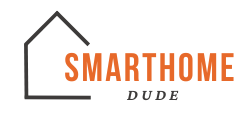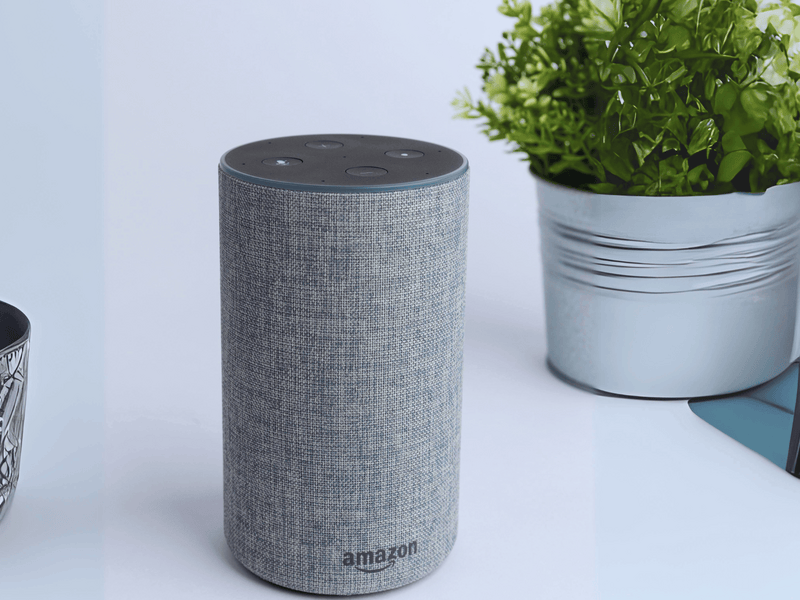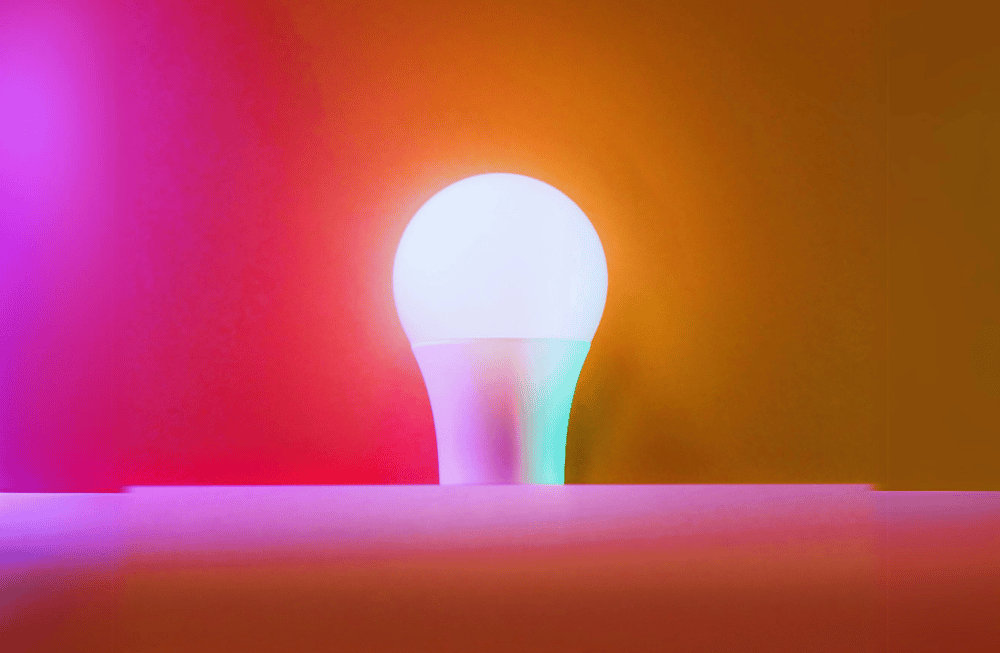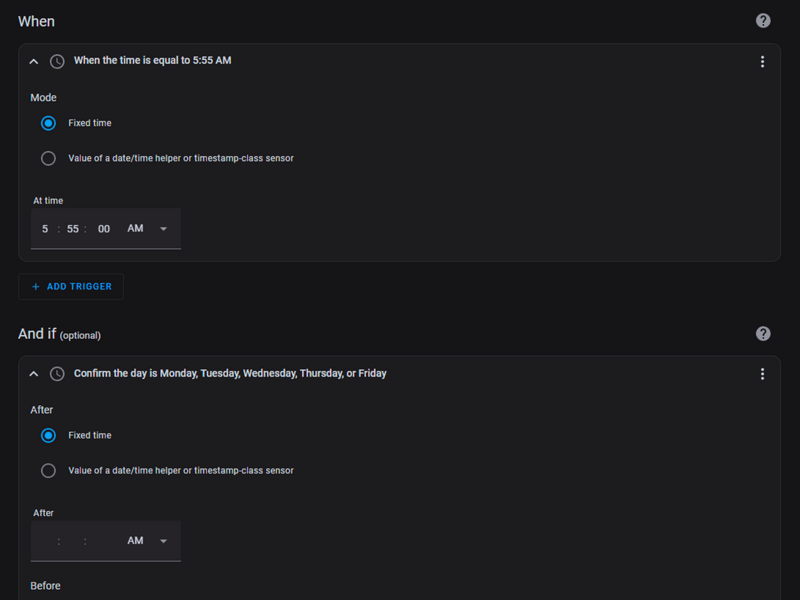As we navigate the ever-growing landscape of smarthome technology, the quest for the optimal home automation system has led me to uncover the strengths of Home Assistant—a robust, open source home automation platform that has expertly balanced flexibility and user privacy. Our homes, embracing the smart revolution, demand a system that can effortlessly merge our digital and physical worlds with seamless integration and reliability. It’s here that Home Assistant, or ‘HASS,’ stands out, operating across various smart home systems—be it Windows, MacOS, Linux, or a Raspberry Pi—without the need for a traditional hub.
From the get-go, Home Assistant’s local-first approach captured my attention. It promises enhanced security, a sharp contrast to the cloud-reliant models that are pervasive in the smart home automation market. A testament to its capability is its impressive compatibility with over 1000 different APIs, including Zigbee and Z-Wave, while also offering voice control through giants like Amazon Alexa and Google Assistant, with Matter support on the horizon. During the initial setup, Home Assistant astutely discovers devices and services on your network, paving the way for a tailored and responsive smart home experience.
In the next section of this insightful comparison, I will delve into the practicalities of Home Assistant, examining its ease of use alongside its flexibility. Join me as I unpack why this open source home automation wonder has become the command center of my smart home automation, guiding you through my rationale with the perceptive eye of a technology aficionado seeking control, customizability, and peace of mind in one sophisticated package.
Ease of Use and Flexibility
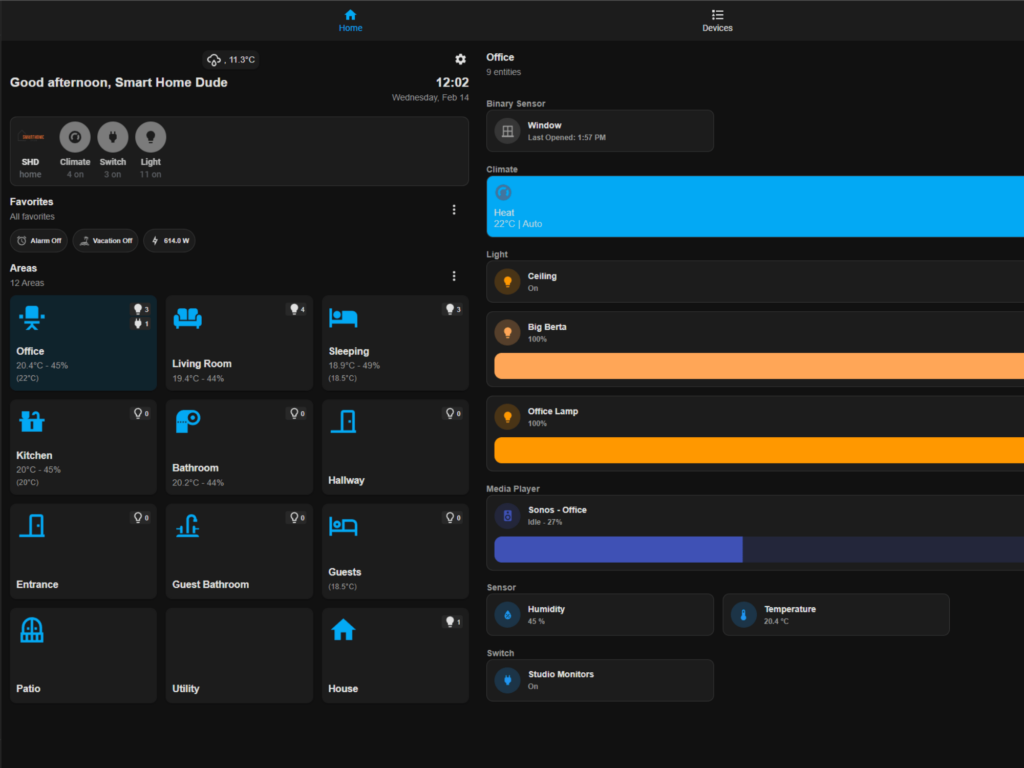
Delving into the realm of home automation, one aspect that stands out prominently is the ease of use and adaptability Home Assistant provides. It offers a level of flexibility that caters to a range of devices, from mainstream to obscure, by supporting Amazon Alexa, Google Assistant, and various communication protocols like Zigbee and Z-Wave.
Its Installation can be performed on different hardware, including Raspberry Pi and Docker, which allows for a level of accessibility that’s crucial when I venture into the depths of home automation. On the other hand, this also makes it a little more intracate, since you need at least basic understanding of networking and similar crafts. Encountering my system for the first time, I was introduced to Home Assistant’s Lovelace UI and Configuration UI—both tools designed for practicality and user-friendliness. Still the customizations options are near endless, as I for example discovered with the custom dashboard design I’m using (Dwains Dashboard).
When analyzing the automation capabilities of Home Assistant, its powerful automation engine support complex automation rules, triggers, conditions, and actions, which is imperative for crafting a truly automated home environment (check out my morning routine as a example). The support for scripts and external services like IFTTT and Zapier further expands their scope beyond a standard homeassistant setup, enabling a plethora of inventive integrations and automated sequences.
My inclination towards Home Assistant is fueled by its user-centric design, with the UI simplifying system interactions, making it more approachable for someone like me who values straightforward, yet comprehensive interfaces. The fitting utilization of Home Assistant has empowered me to design a smarthome ecosystem that thrives on both simplicity and capability, though you cannot forget the maintanence work connecting with hosting your own, custom smart home platform instead of using ‘regular’ cloud services.
Although I respect other smart home systems for their ease-of-use or communities, it is Home Assistant’s fine balance between user-friendliness and powerful customization that has made my smarthome journey more palpable. The reliable device integrations provided by Home Assistant have been crucial in developing my dynamic smart home automation system, favoring a setup that could easily grow with my evolving needs while maintaining ease of use.
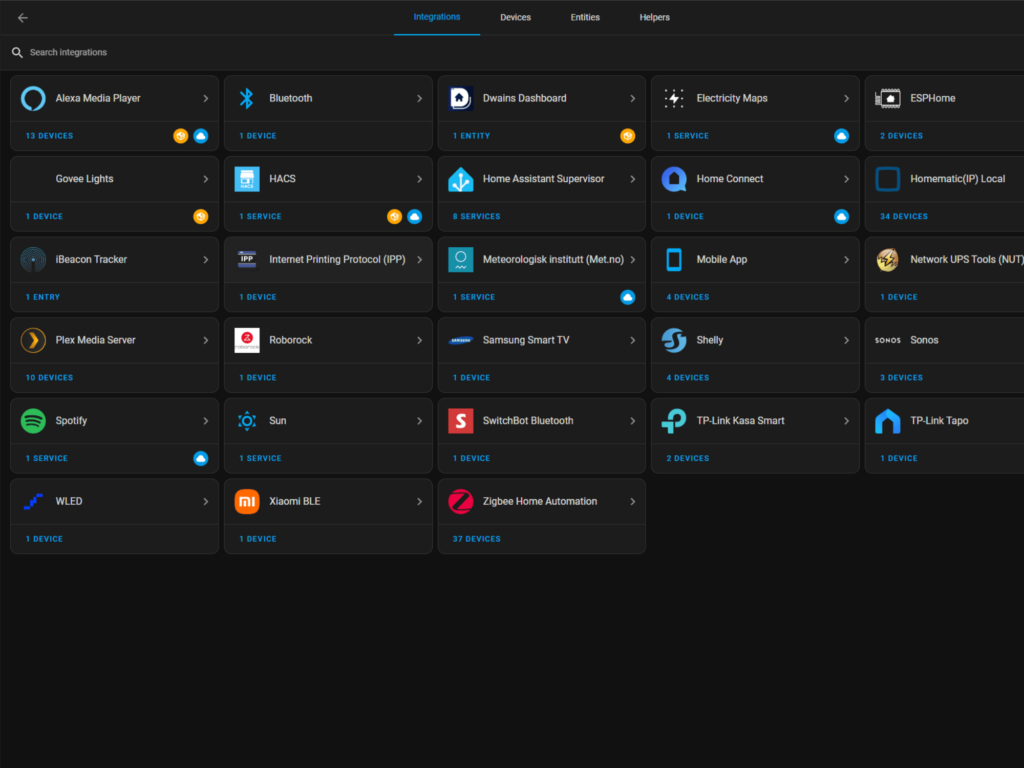
Privacy, Compatibility, and Integration
In the quest for the perfect smarthome system, privacy and data ownership are pivotal factors. With Home Assistant at the heart of my home automation setup, I’ve ensured that my personal data stays within the confines of my local network. Here’s how Home Assistant fortifies my smart home’s privacy, compares with other platforms:
- Local Control for Enhanced Privacy: Home Assistant operates locally, which means my smart home data is processed on my own devices rather than being sent to external cloud servers. This pivotal feature attracted me as I am deeply invested in maintaining the privacy of my home data. It is a distinction that cannot be overstated, especially when commercial systems like Google Home, Amazon Alexa or Apple Homekit handle vast amounts of data across the cloud.
- Broad Support and Compatibility: The platform boasts compatibility with over a 1000 devices, including both Zigbee and Z-Wave protocols, allowing me to integrate a wide array of devices into my homeassistant setup. Be it lights, cameras, or sensors, most of my existing devices were immediately recognized by Home Assistant, circumventing the need to invest in platform-specific gadgets.
- Flexible Integrations and Customizations: I can’t help but take pride in the unique, personalized dashboard that I’ve crafted on Home Assistant, a testament to its adaptability. Such a degree of customization is missing from plug-and-play systems like SmartThings and Homey. While SmartThings requires an internet connection and Homey shines with user-friendly automation, my preference for high customization makes Home Assistant an ideal choice, one that gives me the freedom to tailor the smart home experience to my exact preferences.
- Advanced Automation Possibilities: The flexibility also extends to automation, for which Home Assistant is renowned. Its sophisticated automation editor ensures that custom scenarios and routines can be set up without delving deep into the intricacies of programming — a feature I rely on to make daily activities around the house both efficient and delightful.
- Seamless Voice Assistant Integration: Home Assistant seamlessly merges with widely used voice assistants like Amazon Alexa and Google Assistant. This cross-compatibility adds a layer of convenience to my smart home automation, allowing me to dictate commands or ask for updates from any room in the house (check out our article about voice assistants here).
When deciding on the leading smarthome platform to govern my home automation and internet of things setup, Home Assistant’s remarkable flexibility and strong dedication to protecting user privacy set it apart. Its impressive capacity to integrate seamlessly with different smartphone environments, honor existing device preferences, and cooperate with chosen voice assistants places control firmly in my grasp—essential principles for anyone passionate about home automation.
Conclusion
To sum up my exploration into the rich and diverse world of smart home automation, I’ve concluded that Home Assistant stands out as the clear leader. This journey highlighted the critical importance of maintaining user privacy and offering local control, while also showcasing Home Assistant’s dedication to ensuring broad device compatibility and smooth integration. The platform is designed with the user in mind, offering a smart home experience that is both highly customizable and straightforward, striking the perfect balance between sophistication and simplicity.
By choosing Home Assistant, my home has transformed into a haven of convenience and control, where privacy is a top priority and the possibilities for automation are limitless. The blend of flexibility, privacy, and community support underlines Home Assistant’s excellence in the smart home arena, making it an essential component of my daily home life. For anyone aiming to control their smart home future, Home Assistant is not just the best option; it represents the ideal of what modern home automation systems should strive towards.
